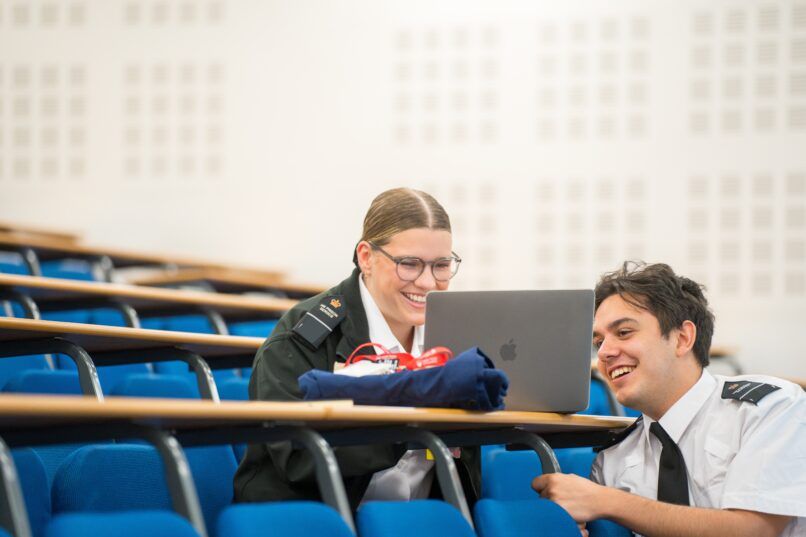We have created a series of videos to support you to understand the techniques outlined in the book and practise them with a friend, colleague or even on your own. The videos should be used alongside the example scenarios, practice exercises and strategy overviews in the book.

These videos feature experienced prison officers demonstrating the techniques, with actors playing the role of prisoners. They were largely filmed in real custodial settings in order to make them as realistic as possible, but all prisons will look different, so we ask you to consider how they might be applied to your own work environment.
They should support you to build a mental model of the key strategies for effective relational practice on the landings, and we hope they will help you to build these skills into your work in your prisons.
Effective presence and language
Strategy 1: Radar and be seen looking
Strategy 2: Assertive body language
Strategy 3: Strong voice
Strategy 4: Clear directions
Strategy 5: Purpose not power
Strategy 6: Code switching
Preventing and addressing conflict
Strategy 7: Warm/firm
Strategy 8: Pre-empting problems
Strategy 9: Least invasive intervention
Strategy 10: Emotional constancy
Strategy 11: Giving effective consequences
Strategy 12: Create space to de-escalate
Strategy 13: Identify wants
Strategy 14: Tactical agreement
Strategy 15: Clarify expectations
Strategy 16: Give choices
Promoting change
Strategy 17: Active listening
Strategy 18: Socratic questions
Strategy 19: Negative to positive
Strategy 22: Precise praise
Strategy 23: Rolling with resistance
Previous
Leading Prison LandingsNext
Using these models